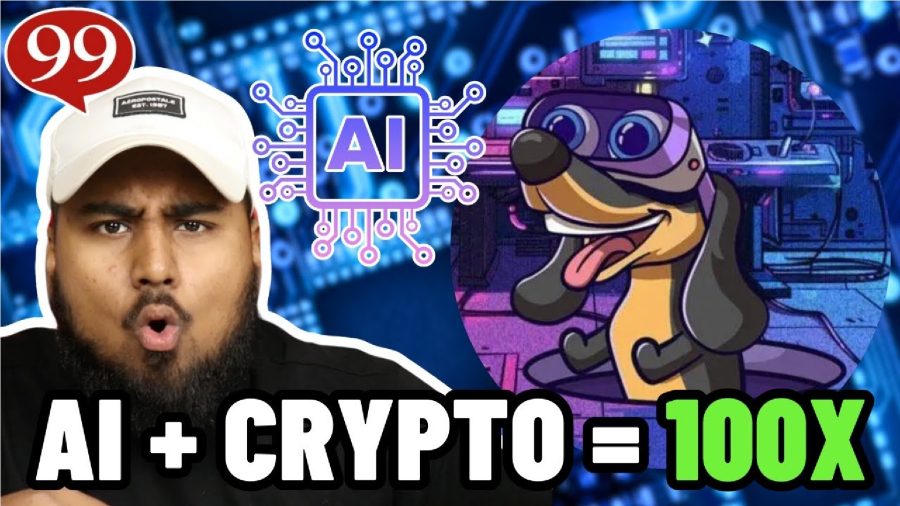After years of hand-wringing about industrial automation’s potentially devastating consequences for the blue-collar workforce, it has finally dawned on the professional class that the robots are coming for them too.
True, this may not happen right away. But it seems clear that many of the tasks and processes currently managed by humans will be automated in the years ahead, enabling organizations to do more with fewer workers.
Much of the worry is down to the latest version of OpenAI’s ChatGPT, whose remarkably fluent language generation capabilities have spurred a legitimate AI arms race among tech giants like Google, Apple, and Meta. (Microsoft is the undisputed leader because they own a big stake in OpenAI.)
Marketers are rushing to use ChatGPT, along with image-generating AI tools, to automate all sorts of time-consuming processes. This includes outreach to ad personalization and beyond. But the excitement over this admittedly impressive tech obscures the more advanced automation capabilities elsewhere in the marketing stack.
One of the most exciting marketing automation trends is PPC automation layering, a tech-enabled, human-led process popularized by PPC management leader, Optmyzr. This process can absolutely improve marketing performance and efficiency, but like all automation, it’s only as good as the people supervising it. So let’s go through the basics: what PPC automation layering is, what it’s good for, and what it means for human marketers and the brands they support.
What Is PPC Automation Layering?
PPC automation layering means using multiple PPC automation tools to design, control, and interpret pay-per-click advertising campaigns.
The best PPC automation layering processes combine a variety of automation types, such as:
PPC Scripts
Javascript code blocks that tell Google Ads to look for specific events or parameters (such as a broken link or a budget threshold) and take a specified action in response (such as notifying the campaign manager that the link is broken or pausing the budget-busting campaign). Marketers who don’t have the bandwidth to learn Javascript needn’t worry — Optmyzr offers a comprehensive set of low- or no-code scripts.
Automated PPC Rules
Similar to but broader than PPC scripts, automated rules direct ad engines to take specific action using “if-then” and other logic-based parameters.
Used properly, they’re useful for applying bulk actions across larger campaigns and preventing collateral damage from adverse events, such as spiraling ad spend in an automated bidding environment. But they can be confusing to set up and don’t scale well across ad platforms. Optmyzr’s Rule Engine, an API-connected logic toolset, simplifies logic construction and makes it easy to apply rules across the entire campaign rather than on one platform or instance.
Automated PPC Alerts
Alerts are the workhorses of PPC automation layering. They notify you of adverse events in real-time using the method(s) of your choice: email, Teams, Slack, or any other mode that’s compatible with the alert interface.
This “untethers” you from your ad management workstation and allows you to focus on more strategic or higher-value tasks. To broaden utility, look for comprehensive PPC alert tools that fit any trackable campaign KPI, not just budget parameters.
PPC Automation Layering Use Cases
There are countless use cases for PPC automation layering. Let’s take a look at three common ones that you’ve likely encountered in your marketing journey already.
1. Early Detection of Smart Bidding Malfunctions
Google’s Smart Bidding process is one of the more established marketing automation use cases, and many marketers are quite comfortable with it. But it can still make mistakes that can quickly devastate your ad budget if you’re not paying attention. Less often, “organic” bidding wars can get too aggressive for comfort.
In both cases, the sooner you pause the offending part of your campaign, the better. By delivering real-time alerts or using logic rules as fail-safes, Optmyzr Core’s layered automation tools catch out-of-control ad spend — as it’s happening, instead of hours later when Google finally sends you a report.
2. Improving Ad Platform Outputs
Just like ChatGPT’s supervisors trained it on hundreds of billions of words on the public Internet, and custom users train it for more specific use cases now, API-connected PPC automation tools can “train” Google’s ad engines to your specific campaign needs. This measurably improves outputs over time — and (likely) performance along with it.
3. Making Product-Driven Campaigns Leaner and More Relevant
Layered automation can enhance product-driven ad campaigns by controlling available inventory and other key business parameters. Optmyzr’s API-connected Campaign Automator integrates business data into ad content and uses predefined rules to constrain campaigns.
Used properly, the result is a more focused, efficient campaign (or set of campaigns) with less wasted spend. Because API-connected layered automation tools also allow bulk changes and cross-campaign pausing/unpausing, they can significantly reduce your manual marketing workload as well.
Will PPC Automation Replace Human Marketers?
This leads us to the question in the back of every human PPC marketer’s mind. Given the concern over generative AI’s potential to replace millions of human content creators and managers, it’s fair to wonder whether an even more advanced automation toolset (PPC automation layering) will have similar impacts on digital marketing specialists.
The unsatisfying answer here is yes. But PPC automation layering will also create lots of opportunities (many of which we don’t yet understand) for current and future digital marketers.
This is a fast-changing space filled with ever-evolving roles. Seasoned marketers are accustomed to disruption, so, in a sense, the rapidly advancing state of PPC automation is merely a continuation of the status quo.
So a more appropriate question to ask is, “how is PPC automation changing digital marketing?” Some provisional answers are:
-
More Efficient Campaigns
This is the biggest takeaway for marketing specialists and firms. Paired with Optmyzr Core’s powerful synthesis tools, PPC automation makes marketers more efficient and more effective throughout the campaign lifecycle.
-
Stronger Campaign Security
Using multiple automation tools reduces the risk that a single point of failure will cripple your marketing campaign. In a layered system, platform-specific errors remain isolated, with minimal impact on the broader campaign. The situation remains subcritical, and you’re able to address the issue on your own time.
-
Less Distraction for Human Marketers
Algorithms run much faster than human brains. So it’s virtually impossible to manually monitor and react to automated campaign events and signals. Layering an automation workflow on top of your already automated marketing stack has the counterintuitive effect of bringing clarity to the matrix, allowing you to focus on one task or decision at a time.
-
Better, More Responsive Visibility Into Campaign Performance
Layered automation workflows update more quickly than Google’s standard toolset. When something is amiss, you’ll notice it faster and act to minimize the fallout.
-
Tighter Control Over Automated Campaigns
This outcome also seems counterintuitive. Shouldn’t multiple automation layers reduce human control over decisions and execution? No, for the same reason that layered automation is less distracting than the alternative. It puts the humans in control at a high level, even as the machines do most of the legwork.
If you take one thing away from this overview, it should be that PPC automation layering works best when knowledgeable humans use the best available tools to make their campaigns smarter and more efficient.
Because the machines can’t think for themselves — not yet, at least.
Featured Image Credit: Bich Tran; Pexels; Thank you!

















